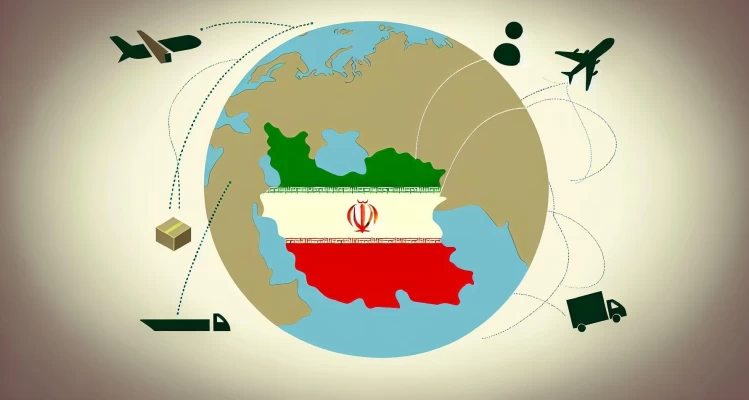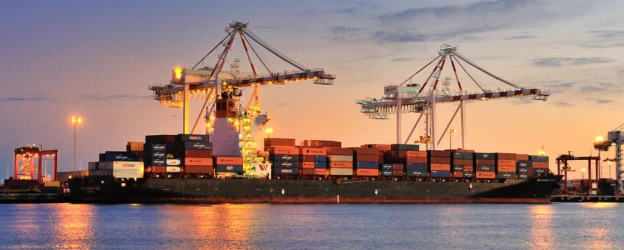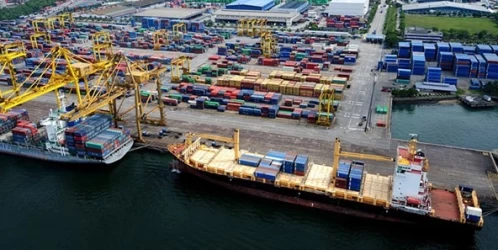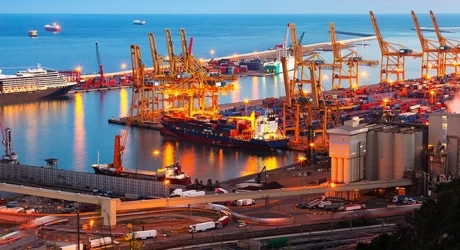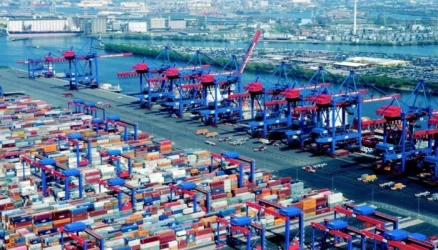Trade Guide with Iran: Importing Goods
Iran, with its strategic location and abundant natural resources, presents significant opportunities for international trade. Despite facing various economic sanctions and trade restrictions, Iran remains an important player in global trade, particularly in the Middle East. This guide provides an overview of the key aspects of importing goods into Iran, including market opportunities, regulatory requirements, and practical tips for successful trade.
Market Opportunities
Iran’s market offers diverse opportunities across various sectors. Some of the most promising areas for imports include:
- Agriculture: Iran imports a significant amount of agricultural products, including corn, soybeans, and rice.
- Healthcare: Medical equipment and pharmaceuticals are in high demand due to the country’s growing healthcare needs.
- Machinery and Equipment: Industrial machinery, transport vehicles, and related parts are crucial for Iran’s infrastructure and industrial sectors.
- Chemicals and Related Products: Iran imports a variety of chemicals for its industrial and agricultural sectors.
Key Import Partners
Iran’s main import partners include China, the United Arab Emirates, Brazil, Turkey, and India. These countries supply a wide range of goods, from industrial machinery to agricultural products.
Regulatory Requirements
Importing goods into Iran involves navigating a complex regulatory environment. Here are some key considerations:
- Sanctions Compliance: Businesses must ensure compliance with international sanctions, particularly those imposed by the United Nations, the United States, and the European Union. It’s crucial to verify that the goods being imported are not subject to any restrictions.
- Customs Procedures: Importers must adhere to Iran’s customs regulations, which include obtaining necessary permits and licenses, and ensuring proper documentation for all shipments.
- Tariffs and Duties: Import duties in Iran vary depending on the type of goods. It’s important to be aware of the applicable tariffs and factor them into the overall cost of importing.
- Quality Standards: Imported goods must meet Iran’s quality and safety standards. This may involve obtaining certifications and undergoing inspections.
Practical Tips for Importing to Iran
- Conduct Market Research: Understanding the demand for your products in Iran is crucial. Conduct thorough market research to identify potential opportunities and challenges.
- Build Relationships: Establishing strong relationships with local partners, including distributors and agents, can facilitate smoother trade operations.
- Stay Informed: Keep up-to-date with changes in trade regulations and sanctions to ensure compliance and avoid potential legal issues.
- Leverage Trade Finance: Utilize trade finance options, such as letters of credit, to mitigate risks and ensure secure transactions.
Conclusion
Importing goods into Iran can be a lucrative venture for businesses willing to navigate its complex regulatory landscape. By understanding market opportunities, complying with regulatory requirements, and adopting best practices, businesses can successfully tap into Iran’s diverse and dynamic market.
if you have a specific question or need more details, Iran's logistics experts are your answer!

